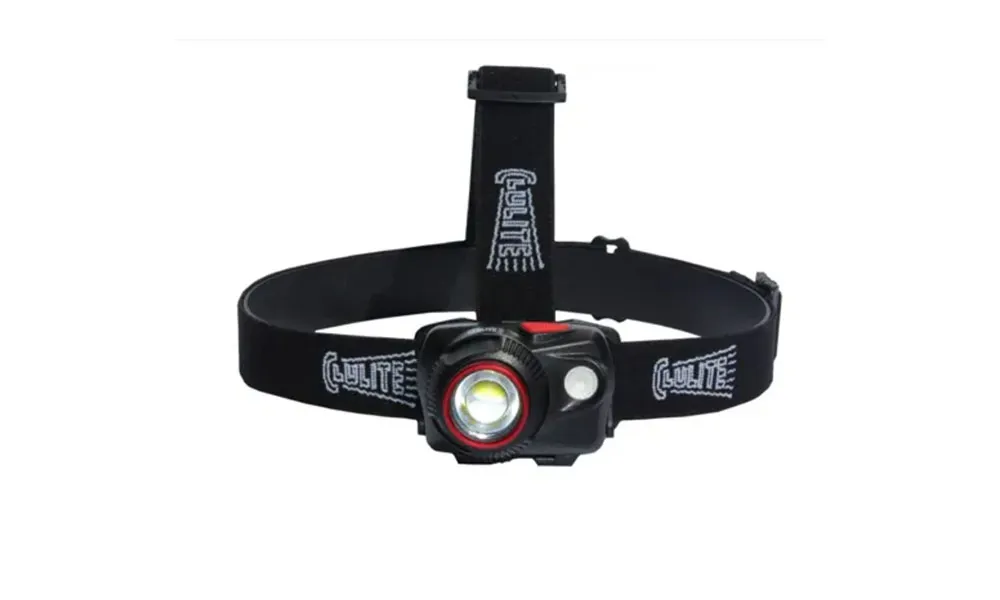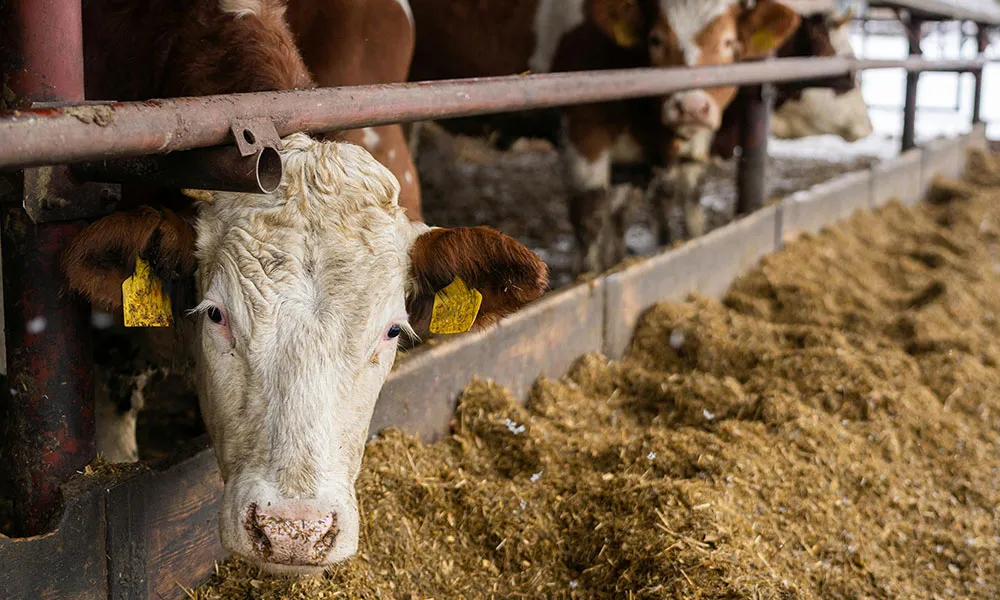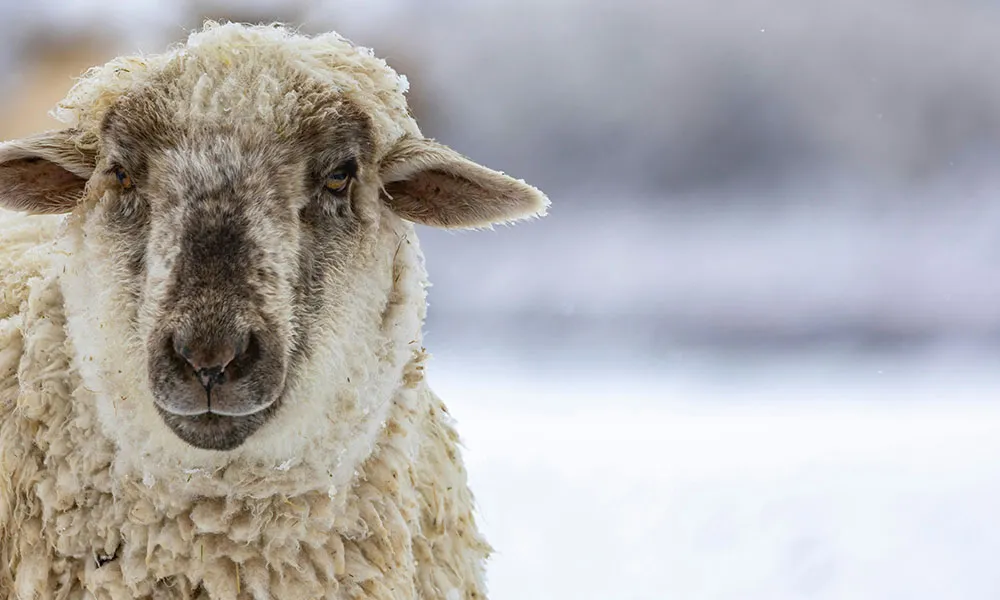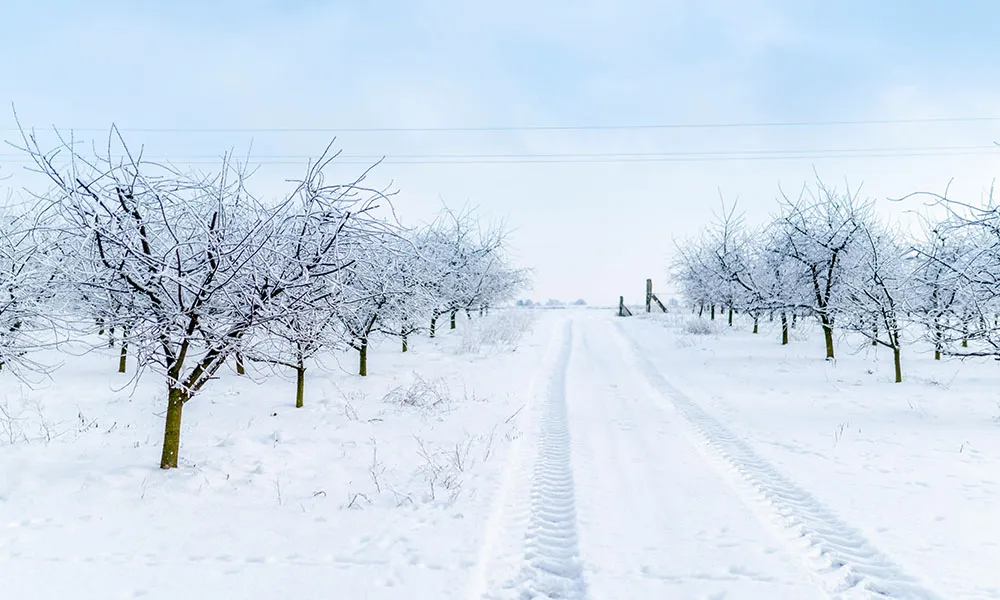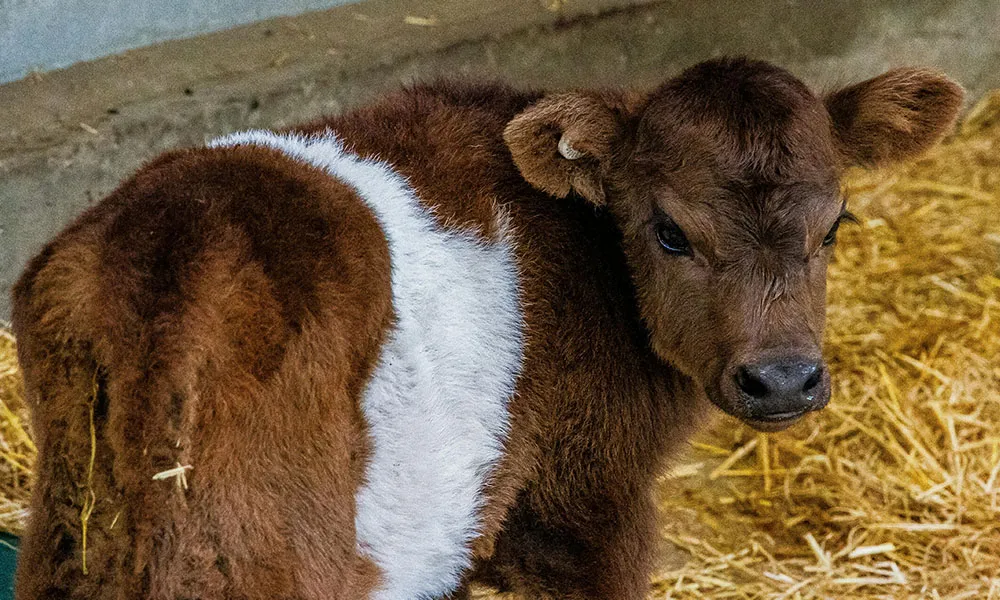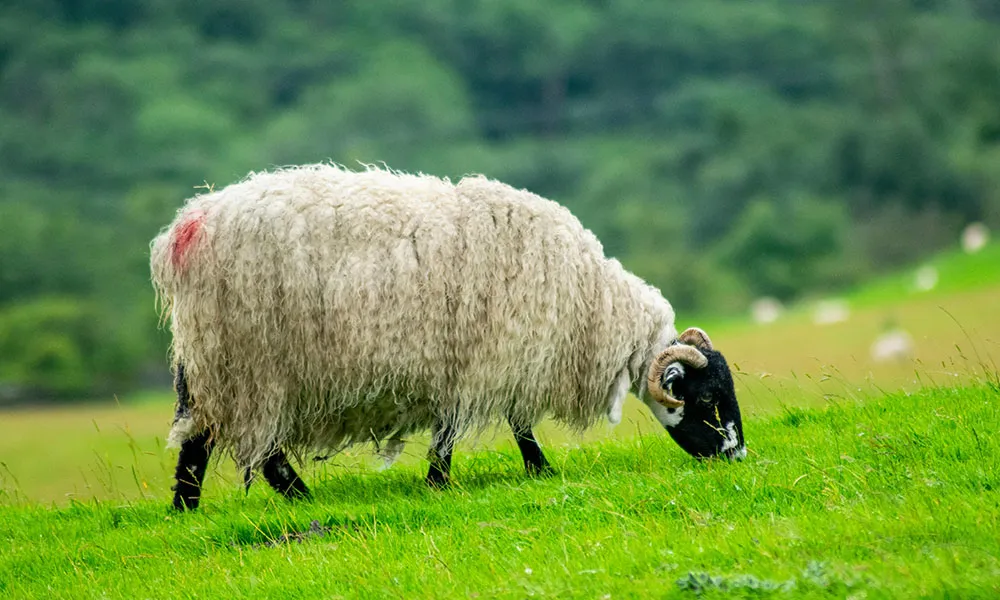
Tupping season – November time enough on hill ground?
Tupping is already well underway on some farms across the country. Here in the hills of the Northwest, though, many of us are happy to wait until early November to introduce the ram. There is good reason for this. Based on trends in recent years, weather in this part of the world usually starts to take up in mid-April and, for those us farming marginal hill ground, dry ground and decent sunshine are essential for a successful lambing season.
Health checks
Anyone planning to put ewes to tup in November should conduct a full health check on all breeding ewes now, to avoid disappointments at lambing time. This usually involves assessment of each animal’s Body Condition Score (BCS) as well as a thorough examination of teeth, feet and udder. Ewes that are too thin, or that present with irregularities, should be culled from the flock before tupping starts. All animals that are healthy enough to breed should be given a supplement containing trace elements
Body Condition Score
Body Condition Scoring (BCS) is an essential way of assessing an animal’s overall health and fitness for breeding. A sheep's body condition score is assessed by hand. To examine, you should feel along the loin area between the last rib and the hip bone to gauge the fat and muscle cover over the spine and short ribs. A guide to scoring the ewe’s BCS can be viewed here. Ideally, a ewe that is ready for breeding should have a BCS of 3, although hill sheep might get away with a 2.5.
Teeth
It is very important that a ewe going to tup has a healthy mouth, as winter foraging places a great deal of pressure on the teeth. The mouth should be examined for tooth irregularities and missing teeth, as well as deformities like overshot or undershot jaws.
Ewes with an unhealthy or diseased mouth should be culled from the flock and, ideally, replaced by healthy hoggets.
Feet
While good foot health might be less important for ewes than for breeding rams, it is still crucial that the ewe’s feet are healthy. Ewes exhibiting persistent lameness may be suffering from footrot or scald. Ewes with chronic foot problems need to be culled, as long-term ailments rarely resolve and there is a risk that disease cold spread through the flock.
Udder
Obviously, good udder health is essential in breeding ewes. You should examine the udder very carefully for lumps, lesions, teat deformities, cording of the teat and signs of mastitis. Ewes with deformities of the udder and teat should be culled. Ewes that have suffered a prolapse previously should also be culled, as the chances of a repeat incident are high.
Trace Elements
We usually administer a shot of Breeding Ewe supplement to all ewes a couple of weeks before breeding, as this offsets the risk of vitamin, mineral and trace element deficiencies. However, I know that some very conscientious farmers like to have the animals’ blood tested first, to check for exact deficiencies before choosing the right supplement.
The product you choose is entirely up to you, but I would always recommend selecting a supplement that contains selenium, as this element is essential for conception. Iodine, manganese, zinc and cobalt are also very important to ewe health at breeding time.
Feed
If ewes are to conceive and carry a lamb to term, they need to be in excellent health when the ram is introduced. Arguably the best thing you can do for your flock at this point is to ensure they have access to plenty of good quality grass in the weeks leading up to mating. Any additional feed rations, such as meal and concentrate, should be used sparingly as you don’t want your ewes’ BCS to rise above 3.5.
A ewe that is too fat will struggle with conception and gestation almost as much as one that is too thin.





